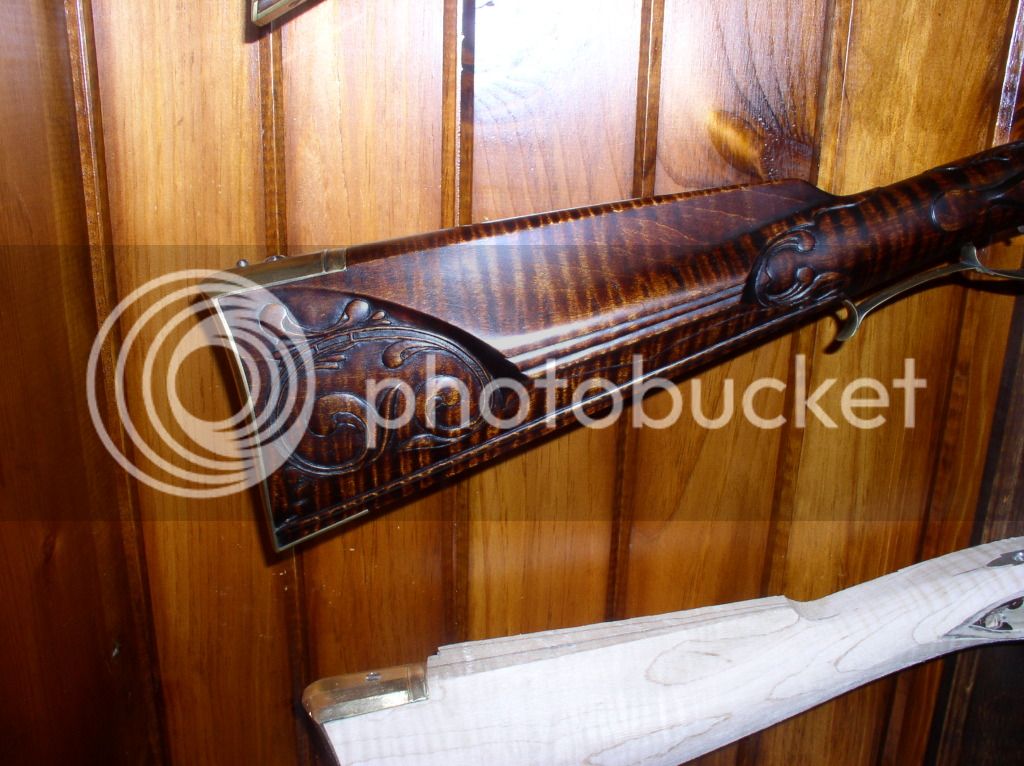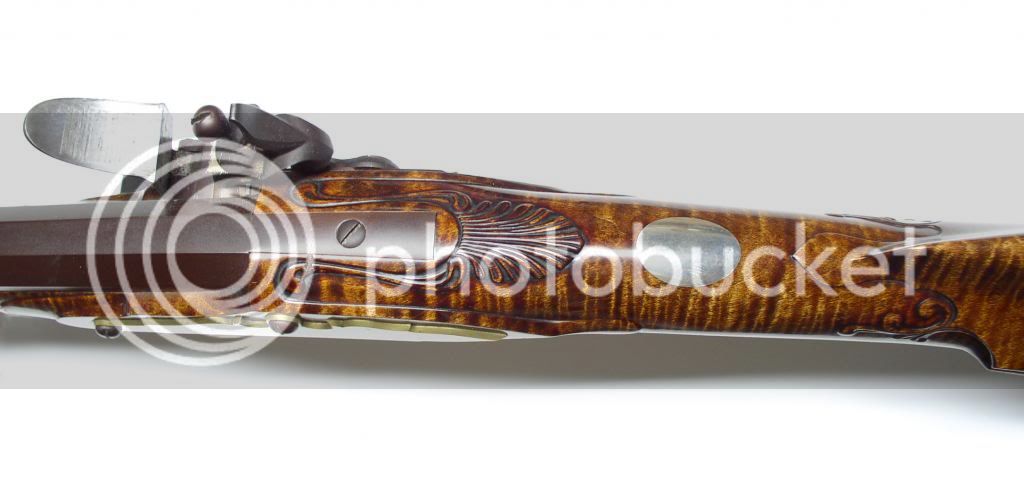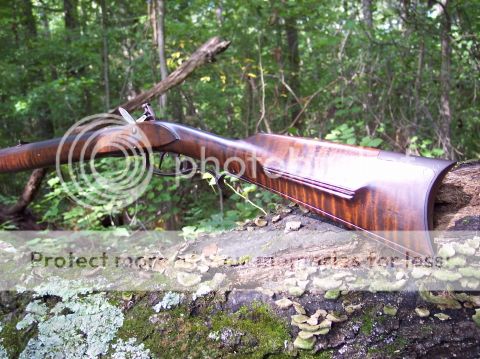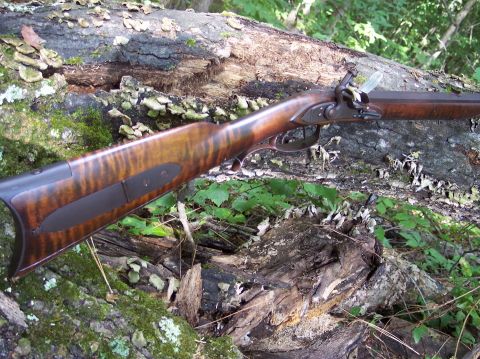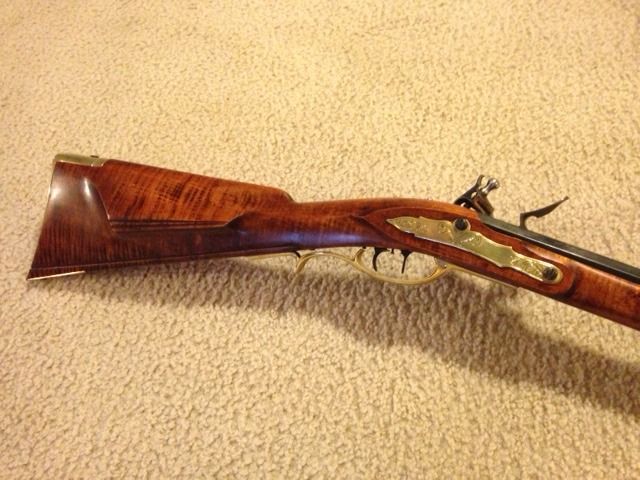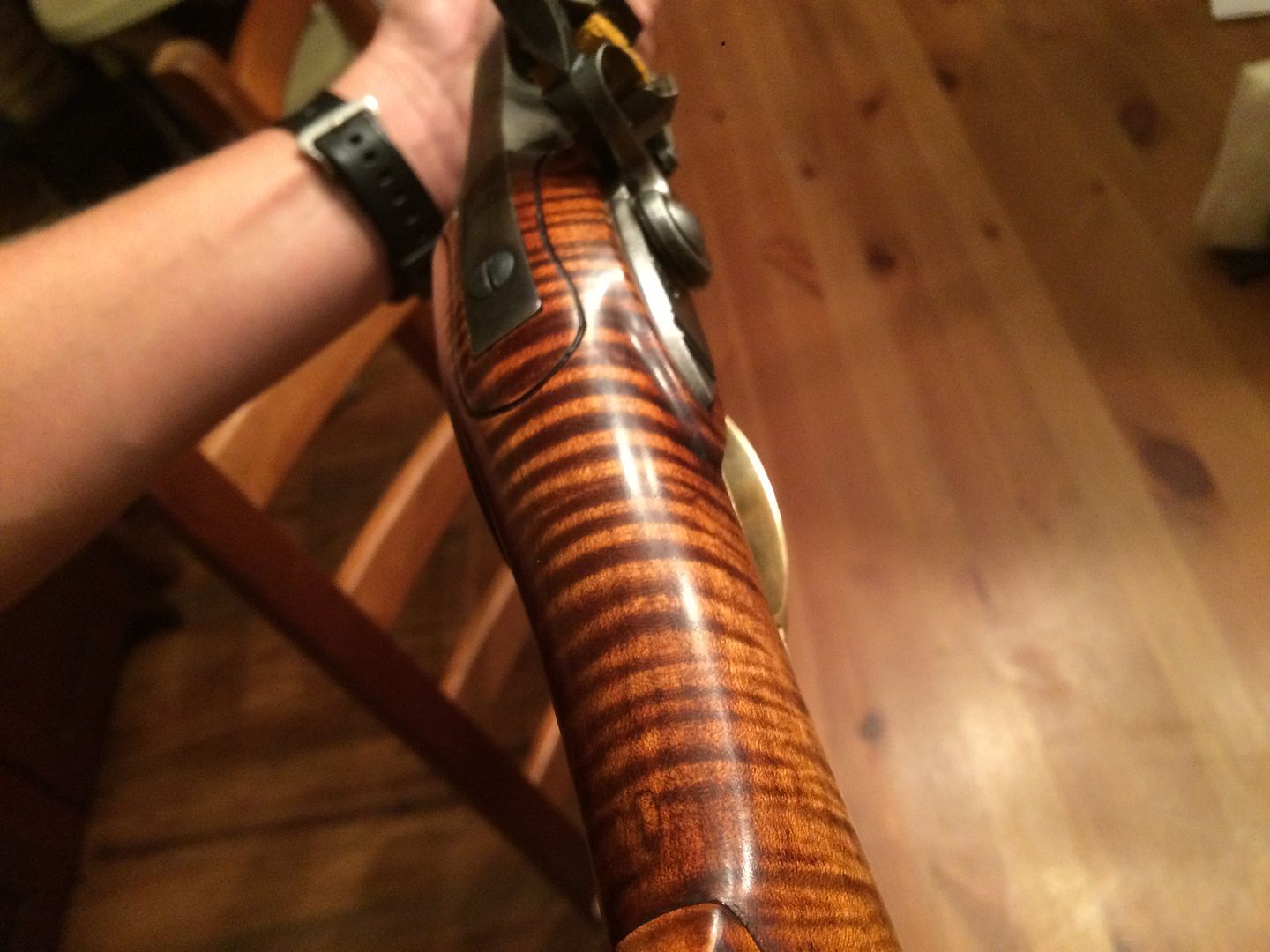There have been lots of threads on this so some searching the forum might yield some good results.
Suffice it to say that applying any sort of finish to any wood work is more art than science. Two or three guys could follow step by step instructions and end up with very different results.
The LMF stains are very popular and a much more user friendly alternative to aqua fortis. Basically, you want to stay away from oil based stains, like Minwax and other products commonly found at local hardware stores.
With the water or alcohol based stains like LMF, you can apply multiple coats to achieve the desired darkness of the stain. No one can tell you how many coats as that is dependent on the individual grain of any piece of wood, and your preference. This is where it becomes a bit of an art, knowing when to stop applying coats of stain.
What has worked well for me is buffing down the stain to bare wood in between coats with 0000 steel wool. That really seems to give it a smooth and even appearance.
The stain is really only half of the equation to get the figure to really pop. The finish (polyurethane, varnish, oil, etc.) is what achieves the final look and this is where it really becomes art. Lots of different options out there ranging from high gloss to a dull satin or matte finish. Any of those will show the figure if done properly. The stain by itself will look dull and miles away from complete, but as soon as you get a coat of finish on it, it really comes to life.
Someone else on this forum clued me in to a method that works real well using two or three coats of LMF Permalyn Sealer, again buffed down with steel wool between coats, then applying a few coats of a hand rubbed linseed oil based product (not just plain boiled linseed oil). Again, there are more than one option to choose from here. Finally, there are things you can do to dull the gloss once the final finish is applied. Steel wool, towels, terry cloth, Birchwood Casey Stock Sheen and Conditioner, rottenstone, pumice, and even toothpaste can be used.
This may sound daunting, but it really isn't difficult. I find this to be one of the more pleasurable parts of the gun building process, because you really get to play with several different variables to "creep up" on the desired outcome.






